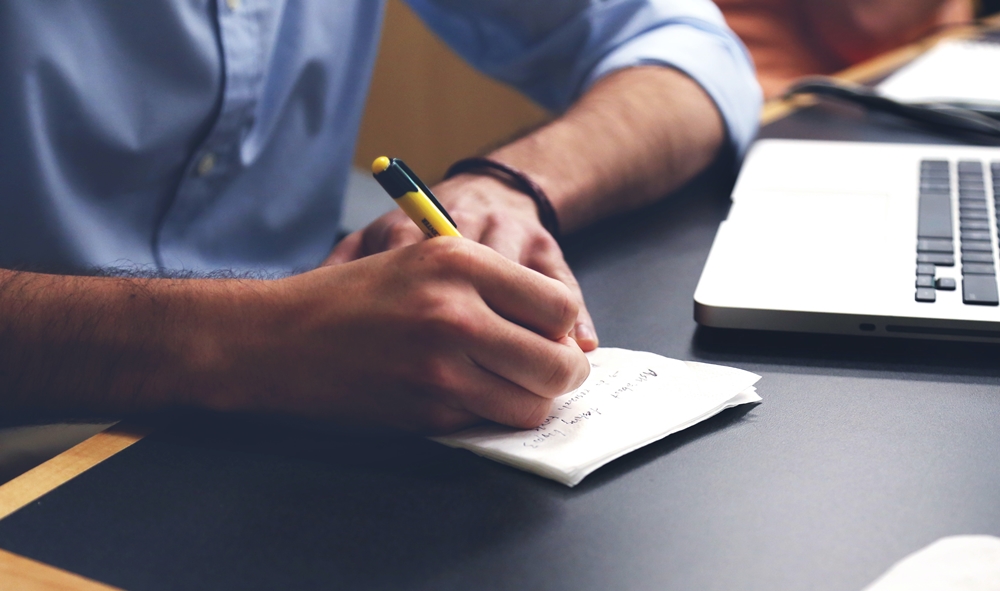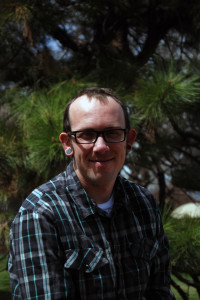
Are you interested in trying acupuncture but are unsure what to expect? Let’s walk through some general information and a typical first appointment as well as some tips that can make everything go smoothly to give you a better idea of what your first treatment will be like.
Acupuncture is just one aspect of what is typically referred to as Traditional Chinese Medicine or TCM, a holistic and systems-based approach to overall health and wellness and a robust system that includes a wide variety of different treatments that can be used depending on what someone needs help with.
All of the treatments used in TCM, including acupuncture, are selected and applied in a conscientious manner depending on the patient’s diagnosis and differentiation of symptoms. This means that for any given problem, like headaches, back ache, anxiety or insomnia, there can be multiple reasons and factors as to why that is happening. It’s your acupuncturist’s job to figure out what is going on and why. To do that, we mainly use an interview process to ask a wide variety of questions about your symptoms, overall health, diet, lifestyle and other factors to figure what and why something is going on, so we can apply the right treatment.
The Intake
You can expect your acupuncturist to spend at least 15-30 minutes during your first visit to ask you about your reason for seeking treatment, the factors surrounding your symptoms, and then a series of questions to take a whole health history. Generally we ask about pretty much everything, and while you don’t have to tell us something that you don’t want to, the more you can tell us, can help us to figure out what’s going on.
After the interview process, your acupuncturist will typically ask to look at your tongue and to feel your pulses. The tongue and pulse can provide a wide variety of critical information for your acupuncturist to help them with figuring out why something is happening. The different areas of the tongue, the shape, size, color, texture and any coatings or other factors are used to assess the overall functions of the organ systems of the body, different parts correspond to different areas, and how your tongue appears can also give some clues to why something is going on. The pulses are used in TCM in a similar way, we generally look at the pulses on both the left and right wrist in 3 different places. We feel for speed, shape, depth, and strength of the pulse, as well as look for specific qualities that can give us more information to better help what’s going on.
At this point, your acupuncturist should generally have a good idea of what’s going on, why, and how to proceed. They should share their findings with you, give you an idea of what treatment will look like, and then give you an opportunity to ask any questions.
Treatment
After that, it is time for treatment. Typically a patient is asked to lie down on a treatment table with their shoes and socks removed. Depending on what is being treated, you may be face up or face down. Acupuncture points will generally be placed on the hands, feet, arms and legs, as well as local areas related to your complaint if necessary. Wearing some loose and comfortable clothing can make this easier for you and your acupuncturist. The needles used are very thin, solid and sharp, meaning that usually most people do not feel much when they are inserted, may be a little pinch on sensitive areas. Treatment should not be painful. After needles are inserted, the patient usually will continue to lay down with the needles retained for 15-30 minutes.
During this time, you may begin to feel relaxed or sleepy and it is not uncommon for people to nod off and take a short nap. You may also experience other sensations such as heaviness of the limbs, feelings of warmth or circulation or sometimes tingling, these are all normal sensations and a general indication that treatment is going positively.
After the needles have been retained for the required amount of time, they are removed and placed in a sharps container. All acupuncture in the United States is done using single use, sterile needles, so you don’t have to worry about dirty needles or contracting a disease from an acupuncture treatment.
Depending on the situation, your acupuncturist may then apply other treatments such as cupping, moxibustion, tui na massage, or auricular therapy. They may also recommend diet and lifestyle recommendations or recommend herbal medicines to help with your situation.
Plan of Action
Finally, your acupuncturist should tell you when you should return for the next treatment. Acupuncture has a cumulative effect, meaning that the treatments build on the progress of the previous treatment. It works better if the treatments are more frequent in the beginning and then spaced out as you start to feel better and see improvements. You can generally expect a recommendation for weekly treatments for 3-5 weeks and then start spacing things out to 2, 3, or 4 weeks out. If treatments are spaced out too much in the beginning, it may be difficult to get good results.
Hopefully, that information gives you an idea of what to expect during a typical acupuncture treatment and may answer some basic questions about the process. If you have any other questions or would like to make an appointment, please do not hesitate to contact us!


